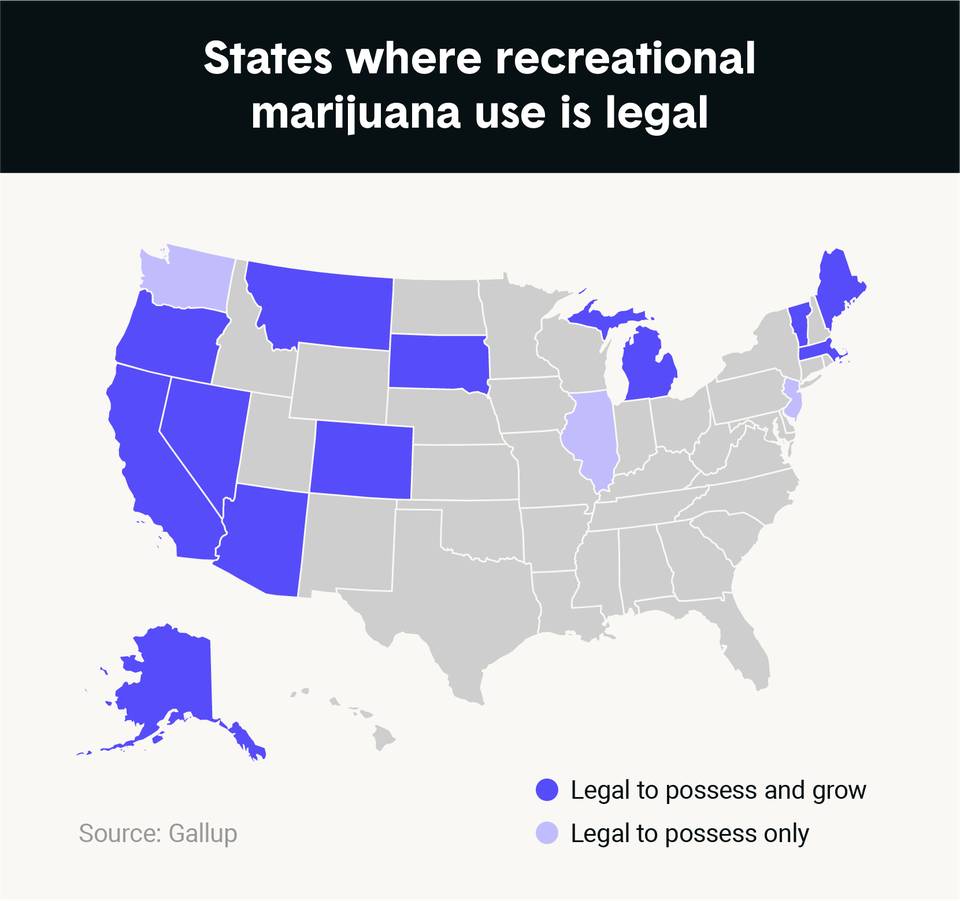The impact of legal recreational marijuana on local real estate
Marijuana is going mainstream as more states greenlight recreational usage. Today, 68% of Americans support legalization and nearly 1 in 3 Americans now live in a state where all adults have legal access to it.[1] For perspective, only 12% of Americans favored legalizing cannabis in 1969.
Recreational states have deemed marijuana shops essential businesses during COVID-19, and they’ve remained open despite lockdowns. Colorado, the first state to legalize marijuana for recreational use, now has more dispensaries than McDonald’s or Starbucks, and an economic stimulus to boot.[2] Which brings us to the question of marijuana real estate — how has pot impacted the U.S. neighborhoods where it's budding?
We ran a study and survey using emerging research to take a closer look at marijuana’s impact on residential housing markets and how homeowners feel about dispensaries moving into the neighborhood.
Using data beginning in 2012, we found that:
- After legalizing recreational marijuana, home prices grew at rates above the national average in 60% of states: Colorado, Washington, Oregon, Michigan, Maine, Nevada.
- States that have had legalized recreational marijuana longest (Colorado and Washington) have experienced the most housing growth.
- Despite positive trends in key housing markets, a slight majority of Americans (54%) still wouldn’t buy a home within one mile of a legal dispensary.
- People who live in the Northeast and home buyers aged 55-64 are most likely to oppose marijuana dispensaries in their neighborhoods.
Due to differing state laws, competing reports and a small state sample size, marijuana’s long-term impacts on residential real estate remain unclear but we were able to draw some conclusions about its initial impacts.






